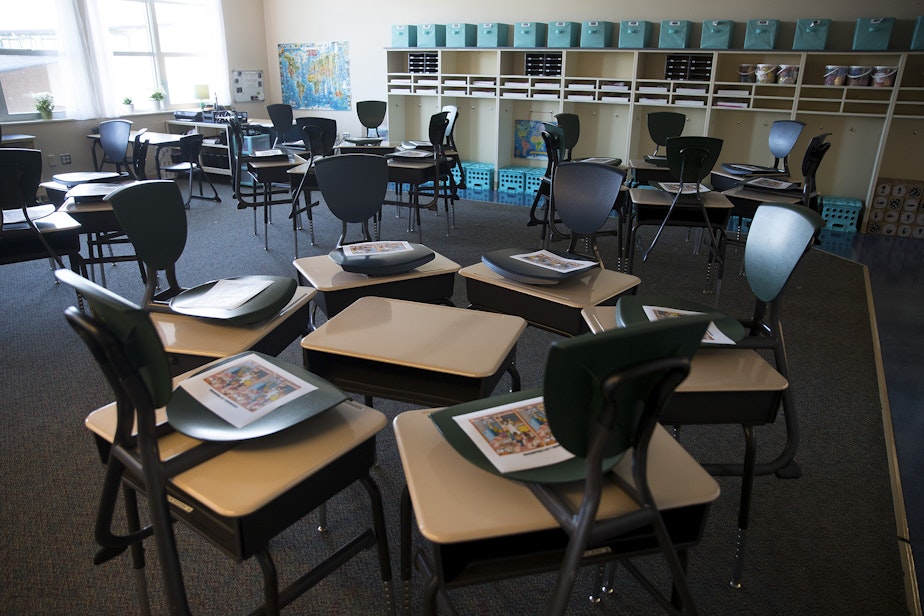As Washington ranks among top states for chronic absenteeism, educators strive to reverse trend

As students across Washington head back to school, educators are doubling down on efforts to improve attendance.
The initiative comes after a recent analysis by the Associated Press and Stanford University educational economist Thomas Dee revealed that Washington has the ninth-highest chronic absenteeism rate in the country.
The analysis included data for the 2022-23 school year from 42 states and Washington, D.C., where a student is considered chronically absent if they miss over 10% of the school year. According to the AP, that typically adds up to about three weeks of lost learning time.
In Washington, roughly three in 10 students missed that much school. That's a slight improvement from the previous year, but it remains double pre-pandemic levels and above the national average of one in four students.
In the Highline School District just south of Seattle, for example, chronic absenteeism spiked at nearly 50% in 2021, and improvement has been slow.
That's why Lita O'Donnell, the district's director of family engagement, is kicking off the 2024-25 school year with a new attendance campaign centered on reaching out directly to families.
Sponsored
"Family connection is so important because it helps us, on an individual level, meet families where they are and set up a plan to help their kids be in school," O'Donnell said.
The district is also doing things like putting up billboards and sending postcards to families to encourage regular attendance. The goal is for all students to keep their absences under five days this school year.
Individual schools in the district are also trying to reverse current absenteeism trends.
At Seahurst Elementary, about 40% of kids were chronically absent last year. Principal Elizabeth Maine is launching a new plan to help ensure good attendance habits start early.
"Research has consistently shown such a clear connection between days missed and likelihood of graduating high school," Maine said. "That feels far off, but it's also something that our families all really want for their kids."
Sponsored
There are many reasons absenteeism is on the rise, Maine said. Families tell her they're unsure when a child is considered too sick to be in school after Covid, when everyone tended to err on the side of caution for something as small as a tickle in the throat.
Some families also face transportation barriers, or simply struggle to get out the door on time in the morning.
Maine addressed these issues and others at a family event last month, where she hoped to set the tone on attendance before the school year even began.
"The first months of the year for us are really about building foundations," she said. "It's building that community in the classroom, it's getting to know the kids, it's getting to know the expectations."
In those critical first few months of school, the difference between students who are frequently absent and those who are not is stark, Maine said.
Sponsored
"It's two steps forward, and then a step back," she said.
Maine has also started an attendance incentive store, where kids can pick out a reward if they miss fewer than two days of school by the end of October.




